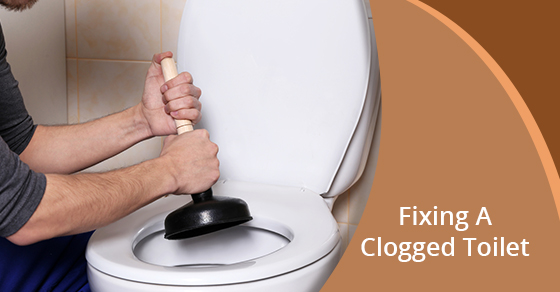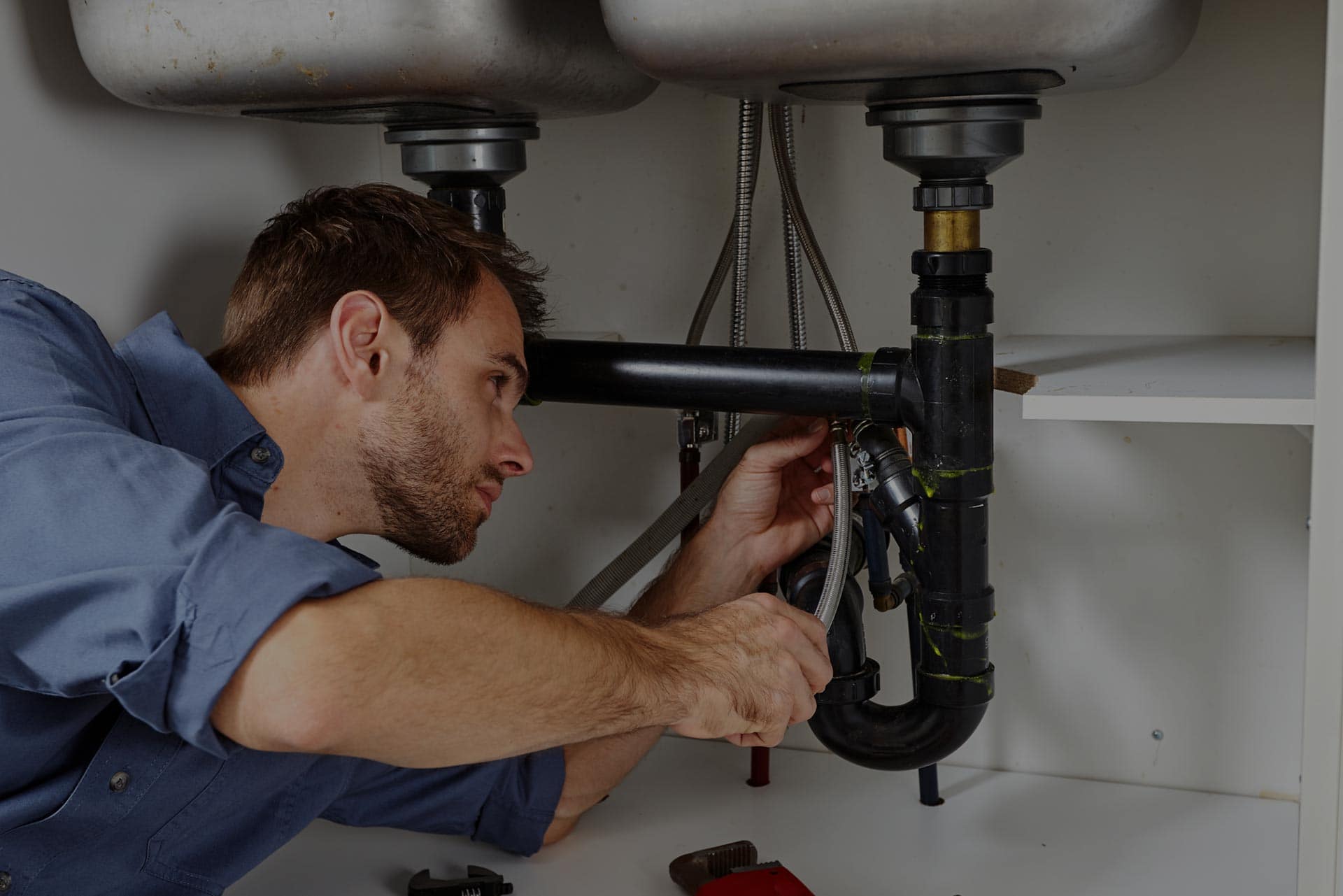
04 Jun DIY Plumbing: How to Fix a Toilet That Won’t Flush
When faced with a clogged toilet, most people will panic and reach for the phone. While a clog can be a serious problem that may indicate a deeper problem with the home’s plumbing system, fixing a clogged toilet can often be a solved with a simple DIY fix.
What Causes a Clogged Toilet?
There are many reasons a toilet can become clogged. Some of the most common reasons include:
Low Water Pressure
This is most common with older toilets. If your water flow seems off, it could be time to replace your toilet, as they naturally lose water pressure over time. Low water pressure might also be caused by a bad flapper. The flapper is a rubber gasket located in the bottom of the water tank that opens to allow water to exit the tank, fills the bowl when you flush and closes to keep the bowl from overflowing after you flush. If the flapper doesn’t open all the way, you won’t get much water pressure, which results in a weak flush.
Too Much Material
This is the most common cause of a clogged toilet. Some children love playing with the toilet and will become tempted to flush items other than toilet paper, such as stuffed animals or toy figurines. Teach your children that the toilet is not a toy, and supervise their visits to the bathroom. Too much toilet paper can also clog your toilet, so be wary of overstuffing your toilet.
Internal Build-up
Not all material flushed down the toilet will end up in your septic tank. Some of it stays in the drain pipe and accumulates until it forms a clog. Regularly cleaning these drain pipes can help keep things flowing as they should.
Hard Water Deposits
Hard water has a high content of calcium and/or magnesium. Water with high concentrations of these minerals can form a scale-like substance that can build up in your septic system, and make it more susceptible to clogs.
Hair
Clogs can also be caused by large amounts of hair or pet fur. A hair clog can be a difficult problem, and can get worse the more often it happens. Repeated hair clogs can be detrimental, and often require the attention of a professional plumber.
How to Fix Your Toilet
If your toilet won’t flush, your first option should be to try using a plunger to remove the clog — this will solve most simple problems. For really stubborn clogs or clogs that have worked their way deep into your septic system, you may need to enter your septic line from the outside and run a pipe snake through the pipe itself to remove the clog.
If you’re looking for a non-chemical solution, there is an organic septic system cleaner called Rid-X that uses microbes to remove septic system build-up.
If all else fails, contact a professional plumber as soon as possible; you may have deeper problems that can only be fixed by a licensed professional. This type of problem will only get more expensive the longer you wait.
A Few Tips for Dealing with a Clogged Toilet
Many plumbing DIY tips encourage the use of muriatic acid, but it’s actually very dangerous for amateurs to use. Muriatic acid is an extremely caustic chemical, and repeated use may cause damage to your pipes. Even worse, this substance produces strong fumes that can cause serious health problems, particularly among the elderly.
If your toilet is clogged, don’t attempt to flush it. The toilet will overflow and likely flood your bathroom. This can cause further damage to your home and promote the growth of black mold.
When performing any DIY plumbing job, always make sure you have the proper tools on hand. This includes:
- Channel locks
- Needle-nosed pliers
- Plunger
- Pipe snake
- Rubber gloves
Preventative Measures
Although a toilet clog can be a nasty problem, it’s an avoidable problem. Remember to clean your septic system at least once every six months. Don’t overfill your toilet bowl with bathroom tissue, and don’t flush anything other than bathroom tissue down your toilet. As the old saying goes, an ounce of prevention is worth a pound of cure.
Hi-Lite Electric boasts years of experience and offers professional plumbing assistance. Offering both residential and commercial services, call us at 877-317-5593 to find out how we can help solve your plumbing emergency.



